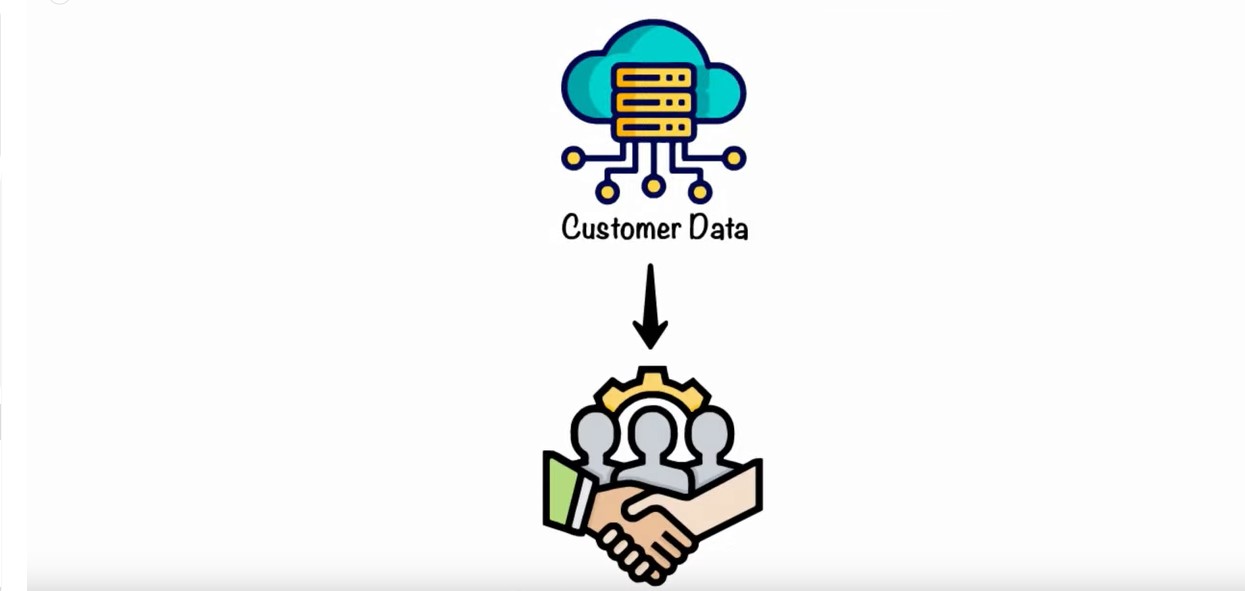Customer Relationship Management (CRM) Software
Table of Contents
- Introduction
- What is Business Software?
- Types of Business Software
- 3.1 Accounting Software
- 3.2 Customer Relationship Management (CRM) Software
- 3.3 Enterprise Resource Planning (ERP) Software
- 3.4 Project Management Software
- 3.5 Human Resources Management (HRM) Software
- 3.6 Business Intelligence (BI) Software
- 3.7 Communication and Collaboration Software
- Benefits of Using Business Software
- 4.1 Streamlined Workflows and Efficiency
- 4.2 Enhanced Data Management and Accuracy
- 4.3 Improved Decision-Making and Reporting
- 4.4 Better Customer Relationship Management
- 4.5 Increased Security and Data Protection
- Considerations When Choosing Business Software
- 5.1 Business Needs and Objectives
- 5.2 Scalability and Flexibility
- 5.3 User-Friendly Interface and Training
- 5.4 Integration with Existing Systems
- 5.5 Customer Support and Updates
- Implementing Business Software Successfully
- 6.1 Define Goals and Objectives
- 6.2 Involve Key Stakeholders
- 6.3 Provide Training and Support
- 6.4 Monitor and Evaluate Progress
- Trends in Business Software
- 7.1 Cloud-Based Solutions
- 7.2 Artificial Intelligence and Automation
- 7.3 Mobile-Friendly Applications
- 7.4 Data Analytics and Visualization
- Conclusion
- FAQs
- 9.1 How much does business software typically cost?
- 9.2 Can I customize business software to suit my specific needs?
- 9.3 Is cloud-based software more secure than on-premises solutions?
- 9.4 What are the common challenges when implementing business software?
- 9.5 How often should I update my business software?
Introduction
In today's digital age, businesses rely on technology to streamline operations and enhance productivity. Business software plays a crucial role in achieving these objectives by providing specialized tools and applications to manage various aspects of a company's operations. In this article, we will explore the world of business software, its types, benefits, and considerations for successful implementation.
What is Business Software?
Business software, also known as business applications or enterprise software, refers to a suite of computer programs designed to address specific business needs and tasks. These software solutions are tailored to improve efficiency, data management, and decision-making across various departments and functions within an organization.
Types of Business Software
3.1 Accounting Software
Accounting software assists businesses in managing financial transactions, invoicing, bookkeeping, and financial reporting.
3.2 Customer Relationship Management (CRM) Software
CRM software helps businesses manage customer interactions, sales leads, marketing campaigns, and customer support.
3.3 Enterprise Resource Planning (ERP) Software
ERP software integrates various business processes and functions, such as finance, HR, inventory, and procurement, into a unified system.
3.4 Project Management Software
Project management software facilitates planning, collaboration, task allocation, and progress tracking for projects.
3.5 Human Resources Management (HRM) Software
HRM software streamlines HR tasks, including employee data management, payroll, benefits administration, and performance evaluation.
3.6 Business Intelligence (BI) Software
BI software gathers, analyzes, and visualizes business data to provide insights for informed decision-making.
3.7 Communication and Collaboration Software
Communication and collaboration software, such as email, messaging, and video conferencing tools, promote seamless teamwork and information sharing.
Benefits of Using Business Software
4.1 Streamlined Workflows and Efficiency
Business software automates repetitive tasks, reduces manual errors, and streamlines workflows, leading to increased efficiency and productivity.
4.2 Enhanced Data Management and Accuracy
Centralized data storage and management in business software improve data accuracy, accessibility, and security.
4.3 Improved Decision-Making and Reporting
Access to real-time data and analytics empowers businesses to make informed decisions and generate insightful reports.
4.4 Better Customer Relationship Management
CRM software helps businesses build strong customer relationships and deliver personalized experiences, leading to increased customer satisfaction and loyalty.
4.5 Increased Security and Data Protection
Business software often includes robust security measures to protect sensitive data from unauthorized access and cyber threats.
Considerations When Choosing Business Software
5.1 Business Needs and Objectives
Identify the specific needs and objectives of your business to select software that aligns with your goals.
5.2 Scalability and Flexibility
Choose software that can scale with your business's growth and adapt to changing needs.
5.3 User-Friendly Interface and Training
Opt for software with a user-friendly interface, and provide adequate training to employees for seamless adoption.
5.4 Integration with Existing Systems
Ensure that the selected software can integrate smoothly with your existing IT infrastructure and other software applications.
5.5 Customer Support and Updates
Select a software provider that offers reliable customer support and regular updates for improved functionality and security.
Implementing Business Software Successfully
6.1 Define Goals and Objectives
Clearly define the goals and objectives of implementing the software to set a clear direction for the process.
6.2 Involve Key Stakeholders
Involve key stakeholders and end-users in the selection and implementation process to ensure buy-in and successful adoption.
6.3 Provide Training and Support
Offer comprehensive training and ongoing support to employees to maximize the software's benefits.
6.4 Monitor and Evaluate Progress
Regularly monitor and evaluate the software's performance and its impact on business operations to make necessary adjustments.
Trends in Business Software
7.1 Cloud-Based Solutions
Cloud-based software solutions are becoming increasingly popular due to their flexibility, accessibility, and cost-effectiveness.
7.2 Artificial Intelligence and Automation
Business software is incorporating AI and automation features to streamline tasks, enhance data analysis, and improve decision-making.
7.3 Mobile-Friendly Applications
Business software providers are focusing on mobile-friendly applications to accommodate the growing trend of remote work and mobile devices.
7.4 Data Analytics and Visualization
Advanced data analytics and visualization tools are being integrated into business software to provide actionable insights and improve data-driven decision-making.
Conclusion
Business software has become an integral part of modern organizations, revolutionizing how they operate and manage their day-to-day tasks. By selecting the right software and implementing it strategically, businesses can significantly enhance efficiency, data management, and decision-making, ultimately contributing to their success and growth.
FAQs
9.1 How much does business software typically cost?
The cost of business software varies based on the type of software, features, and the number of users. Some software may have monthly subscriptions, while others may require a one-time purchase.

الانضمام إلى المحادثة